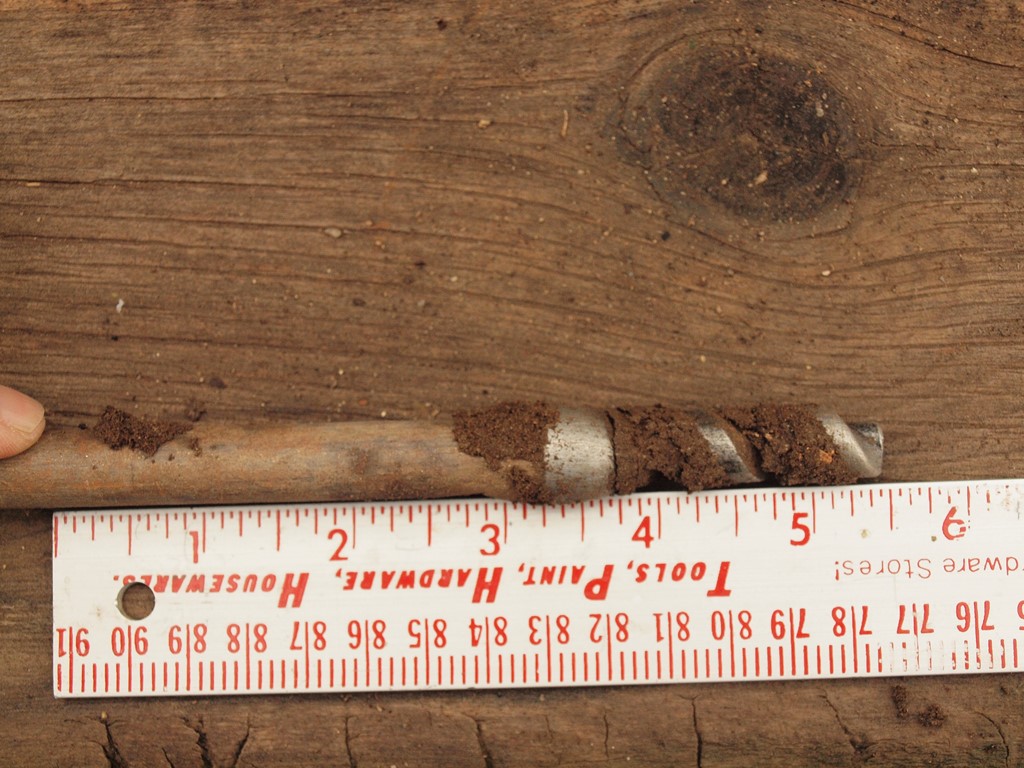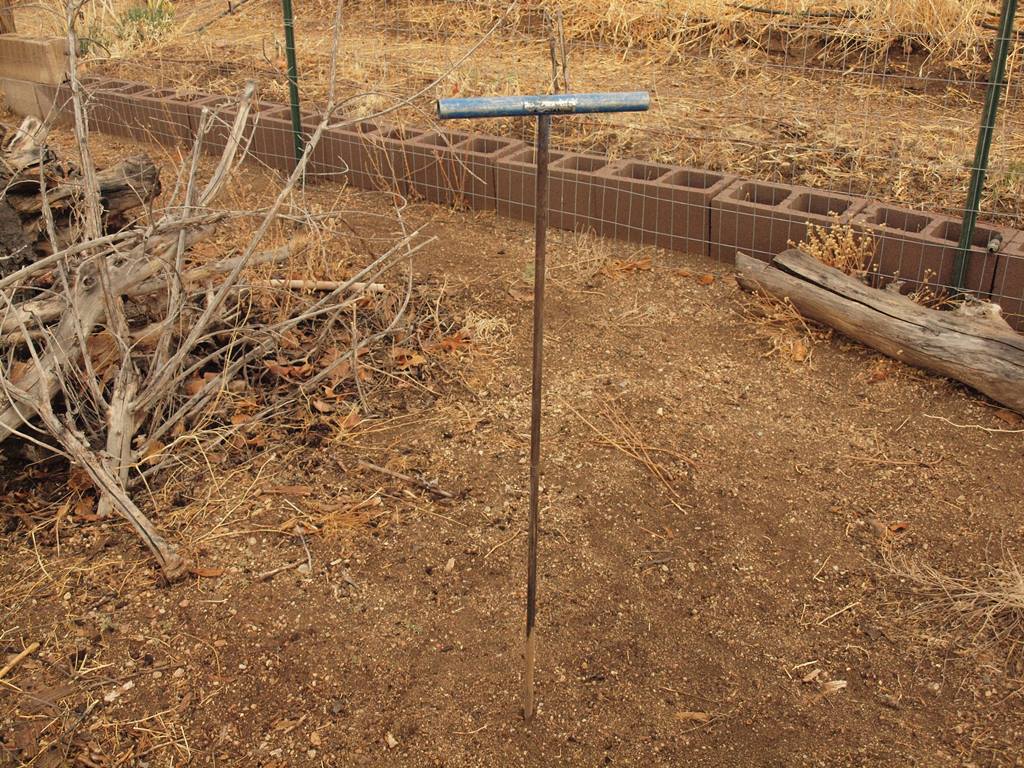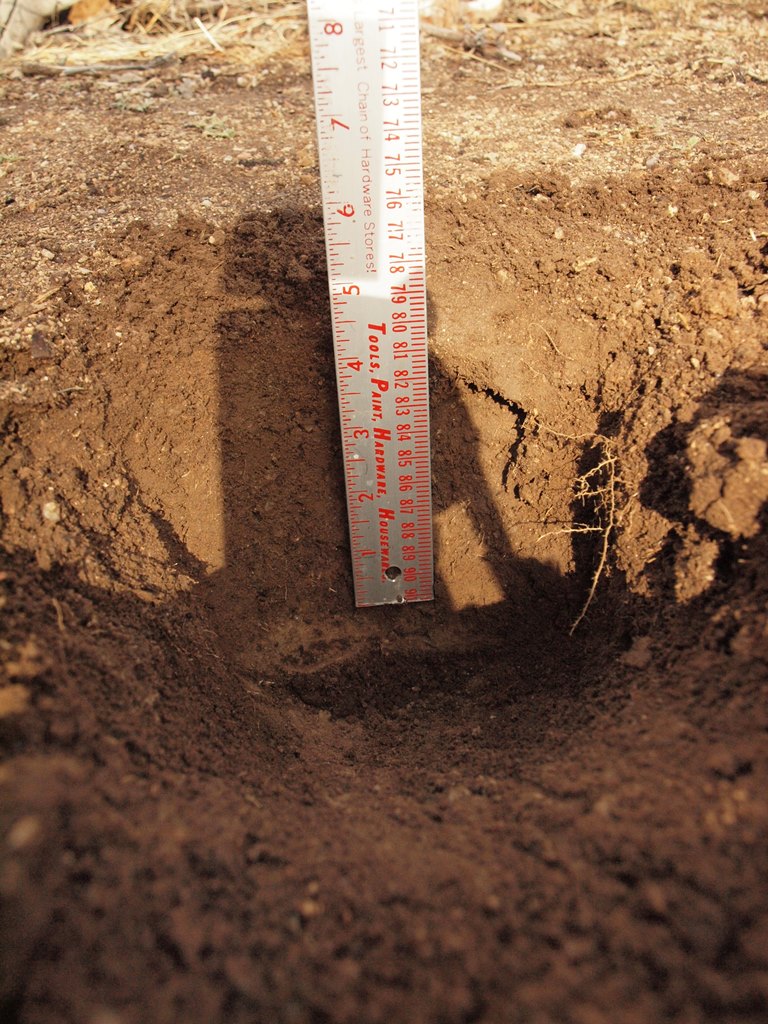I received a question from a New Mexico County Extension agent confirming the identity and potential solutions to a problem. This is an advantage of the Cooperative Extension Service Program – numerous resources to diagnose, confirm, identify, and solve problems. I am glad Sara reached out, it shows she is working to provide the best possible information.
Do these look like Cottonwood??… I was inclined to think Bradford pear, but maybe I am wrong. Also do you have any advice on how to get rid of it? – Sara Moran, Extension Agent
Sara had received the following request from a homeowner with cottonwood sprouts infesting her lawn:
Attached are photos of runners that are popping up around my home. They are a result of my neighbors two houses down having a cottonwood cut down (non-cotton making type). There is one house between my home and the neighbor’s home who had the tree removed. The owners of the three homes (theirs, mine, and the neighbor in between us) are fighting the battle together. The photos included show where it they are coming up in my lawn, but they are also coming up near the foundation of the home and lifting weed barriers. They grow significantly in 48 hours. We are pulling them as soon as they come up, but your guidance and help with how to best attack this problem will be greatly appreciated.
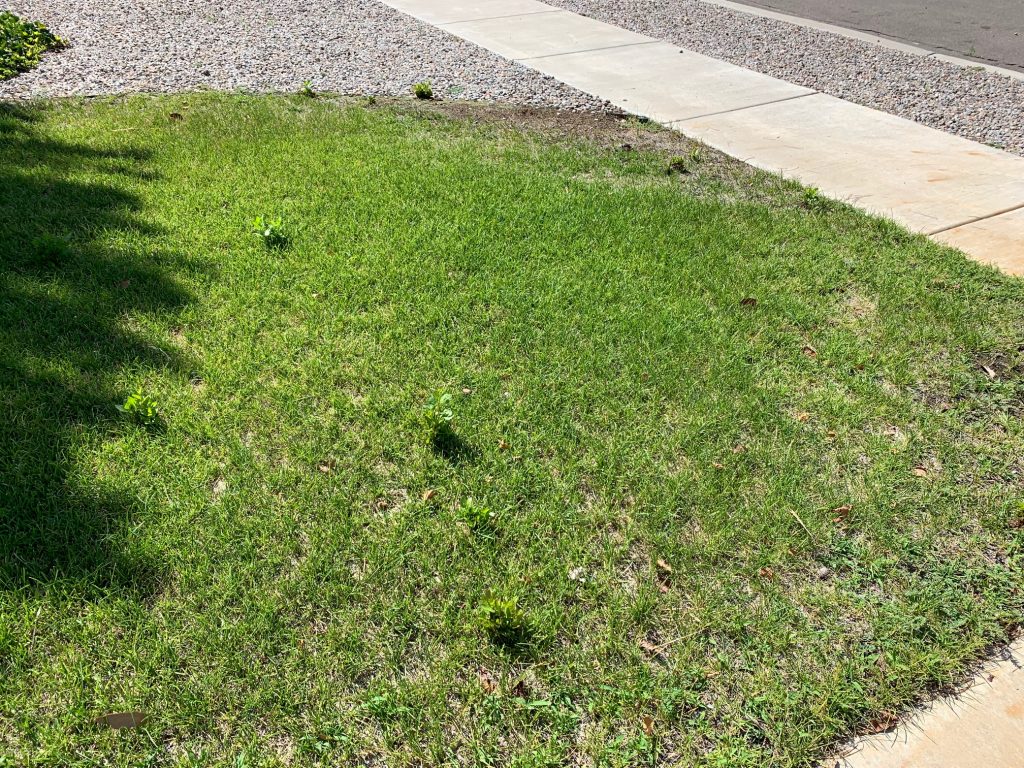
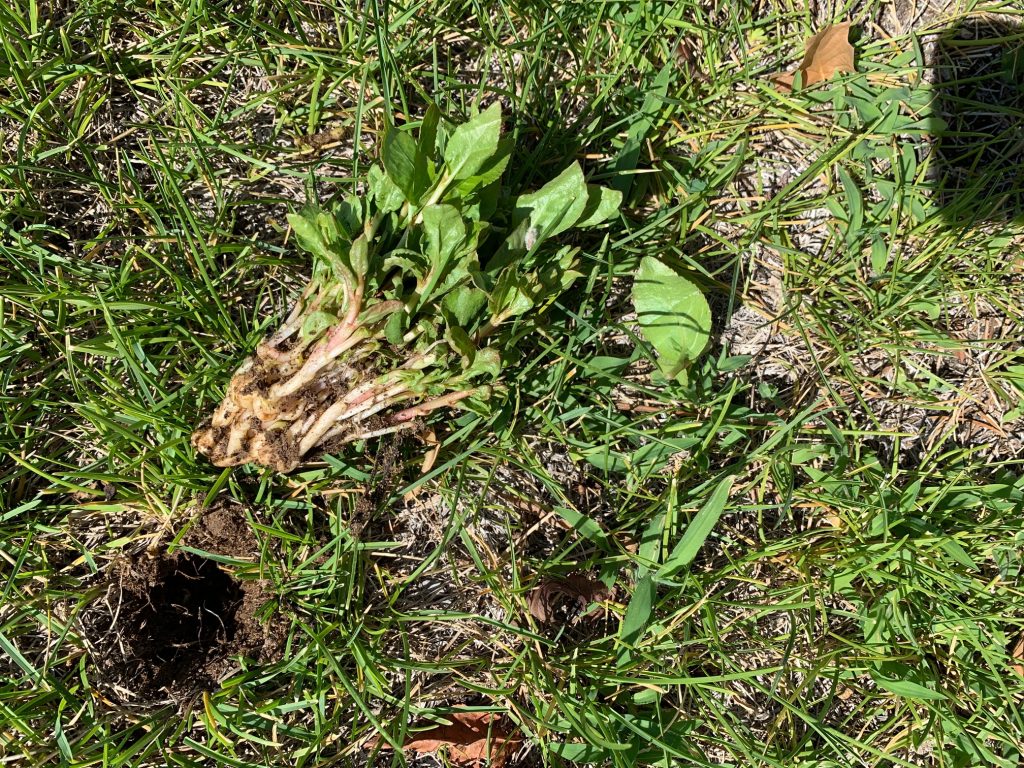
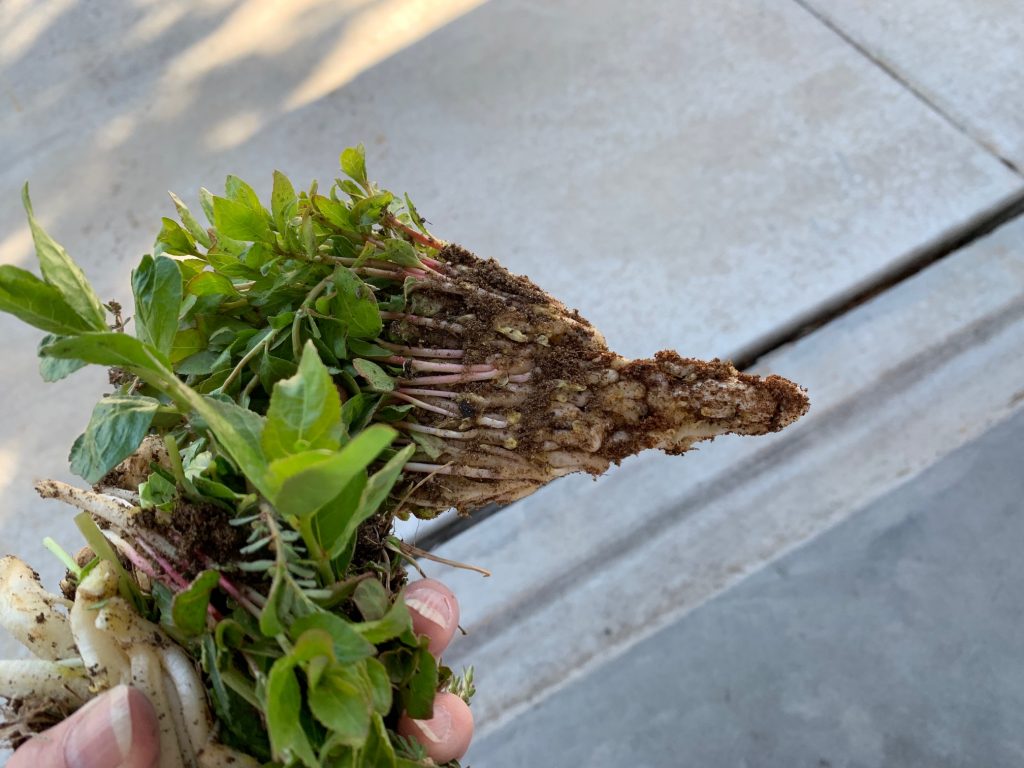
My comment to Sara, for the homeowner, was:
I think it is cottonwood. This is characteristic of cottonwood in an area where a cottonwood tree has been cut down. Sprouts develop from the roots. It is possible for other types of trees to do this, but less common, and usually not as widespread through a lawn. Regardless of which type of tree, the treatment will be the same.
Herbicide management
If the homeowner doesn’t object to chemicals (herbicides), a broadleaf, translocated, herbicide (2,4 – D based and similar lawn herbicides to kill broadleaf weeds) applied as a spot spray to the leaves of the tree sprouts in the lawn (be careful as you get near, in the root zone of desired trees and shrubs). Mix the chemical according to directions, apply late in the evening or early in the morning to slow drying and allow more absorption. The chemical should translocate into the roots, especially now in late summer and fall, and kill a portion of the roots remaining underground – there may be more sprouts, but this will reduce the number. Irrigate well before applying the chemical and then wait a couple of days before irrigating again to minimize leaching into the soil and being absorbed by desirable broadleaf plants.
Non-chemical/Manual Management
If the homeowner objects to using herbicides and other chemicals, manually dig with a long spade (sharpshooter/tile spade) to remove as much of the clump and source roots as possible and to do minimum damage to the grass. Shove the spade deeply into the ground to cut the sprouts and root (if possible) and pull the clump of sprouts up. Press the sod back. Water well before doing this to facilitate cutting and pulling the clump. Then lightly water the sod that was pressed back down to facilitate new root development.
Some Basic Science:
1 – Botany – Morphology: the leaves in the photograph do appear to be those of a cottonwood tree. Cottonwood trees often renew themselves in natural settings by reproducing by means of root suckers produced by adventitious buds formed on roots. This is not desirable in home landscape settings.
2. Plant Physiology: In late summer and into the autumn the tree translocates materials produced in the leaves to the roots more than at other seasons as the tree prepares for winter and stores food in the trunk and roots. When you apply herbicides applied at this season, the chemicals will be more translocate to the roots and more effectively control the development of sprouts. This will not preclude the development of sprouts next year, but it should help speed the depletion of food stored in roots and used to produce sprouts in the future.
3. Plant Physiology: When you remove of the newly formed leaves and shoots it is beneficial, even if when you do it manually by digging. The tree used stored foods to produce the leaves and shoots. If you remove the new leaves before they can begin storing food in the roots (first two weeks or so), the food stored in the roots will eventually be depleted and sprout formation will slow and ultimately cease.
4. Root morphology: The roots and sprouts will not grow under the foundation of a house in the arid Southwest unless there is water under the foundation. This is most often caused by over-watering or leaking plumbing. If you do not have leaking plumbing and do not water sufficiently for water to collect under your house, the roots should not cause a problem.
5. Plant Physiology: The sprouts coming up under weed barrier may be a nuisance, but this is good for your purpose. Unless light penetrates the weed barrier, the new sprouts will not be able to photosynthesize and put food into storage. These sprouts will only draw resources from the root, more rapidly depleting the food stored there and then ultimately die. This will help you reach an end to the problem more rapidly. Do not remove the weed barrier or the new sprouts under the weed barrier unless the sprouts create a tripping hazard in your landscape.
